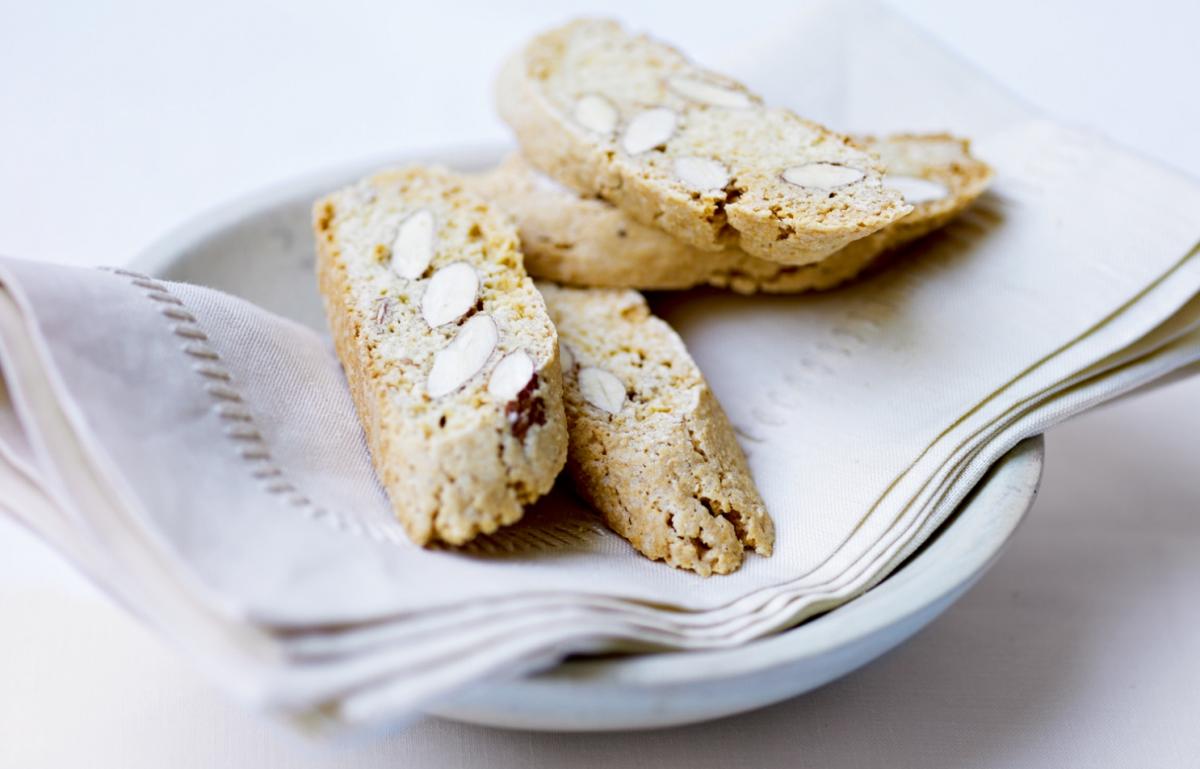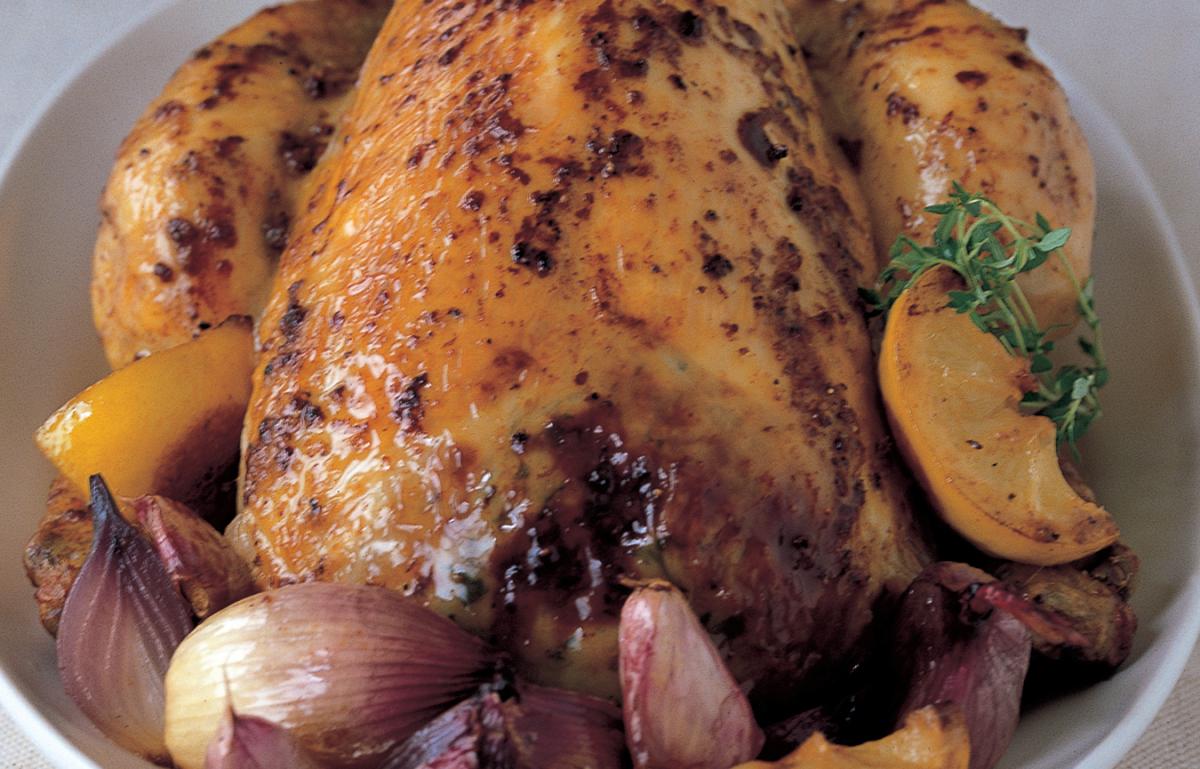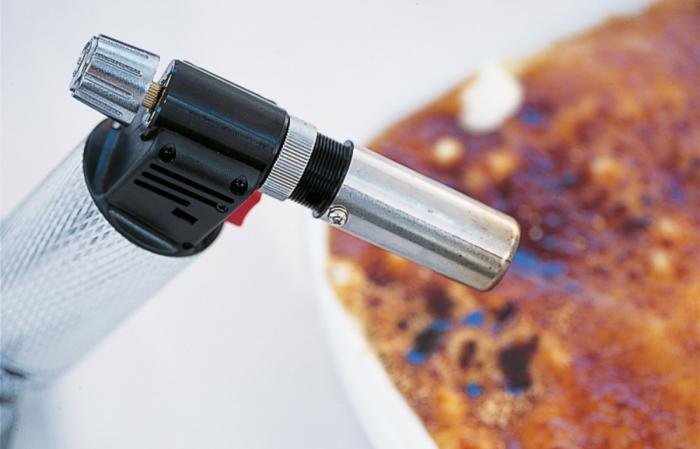


Way back in the 1960s, when Elizabeth David first had her own kitchen shop, I remember being there when a customer was buying a salamander – a heavy, round iron weight on the end of a steel rod.
The idea behind it was that if you heated it until it was red hot and then placed it over the sugar surface of a crème brûlée, it would instantly caramelise it (the point being to bypass the British domestic grill with all its vagaries and unreliability). Mrs David suggested to the said lady (and me, as well, because I couldn’t resist buying one, too) that we should practise with ramekins filled with tinned rice pudding first, so as not to waste gallons of cream and eggs. It turned out to be sound advice, as I got through several tins of rice pudding without a single success.
Thus, the art of acquiring that thin, glass-like coating of caramel eluded me. British grills, after all those years, are still universally unreliable: until recently, it seemed the only answer was to make up a caramel and pour it on top of the set custard. Then along came the answer and, when the chef’s blowtorch first hit the kitchen shops, it was a must-have for all who wanted to cook.
However, the early consignments were not quite the ticket – too faint-hearted by half – so you would spend absolutely ages just getting one ramekin caramelised. Next stop, DIY stores – why not get the genuine article and really give your brûlée a blast? But that was not the answer either, because the heat was too fierce, and I was envisaging hundreds of fire-fighters up and down the country taking me to task for recommending their use!
But, at last, a great step for mankind: there is now a blowtorch that does the job perfectly. It is self-igniting and makes short shrift of changing sugar into caramel. It does a few other jobs as well, such as helping unmould a jelly, skinning tomatoes and giving a smoky, charred taste to aubergines.
Follow us Like us on Facebook Follow us on twitter Follow us on instagram Follow us on pinterest Follow us on youtube
© 2001-2024 All Rights Reserved Delia Online